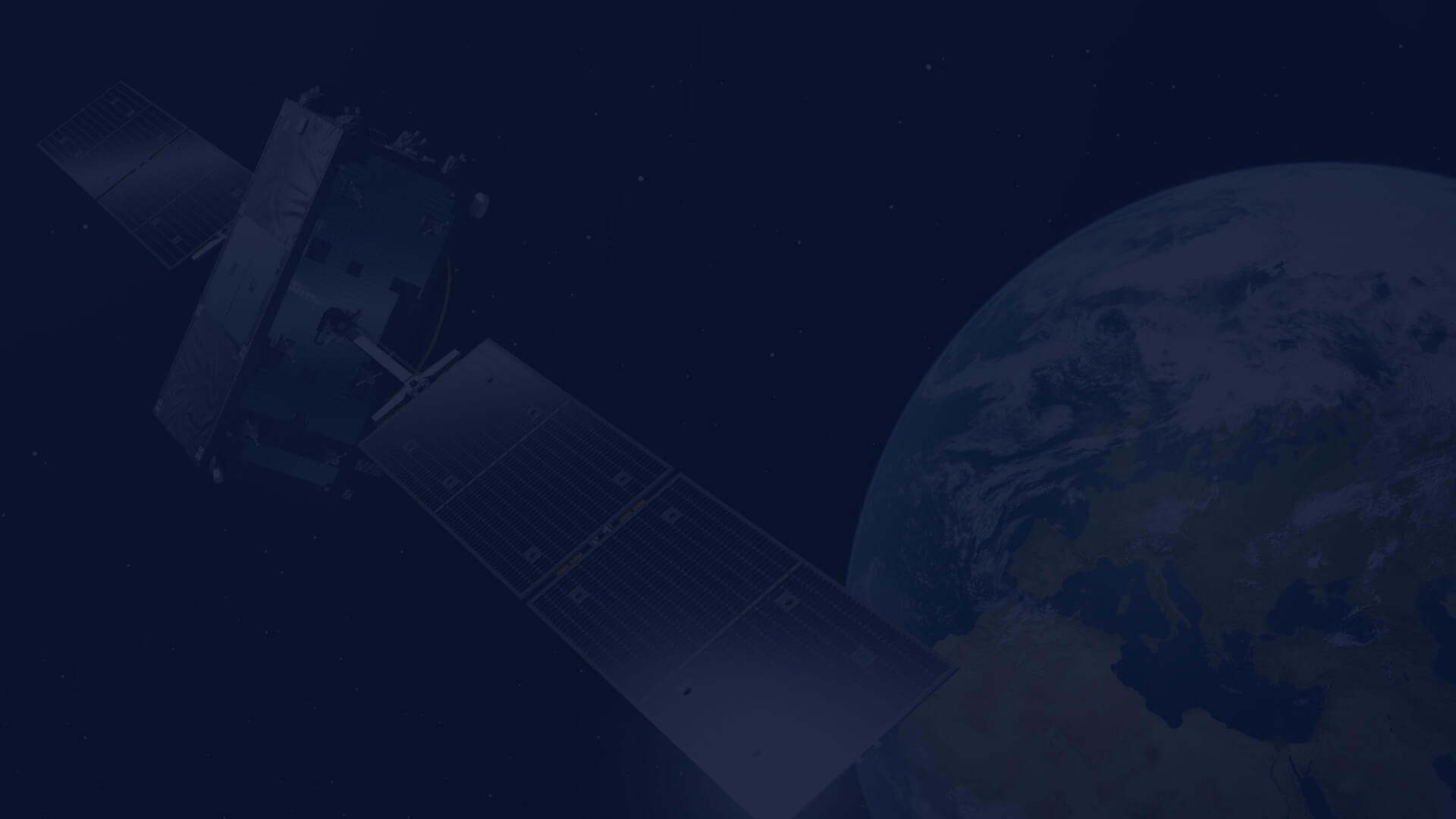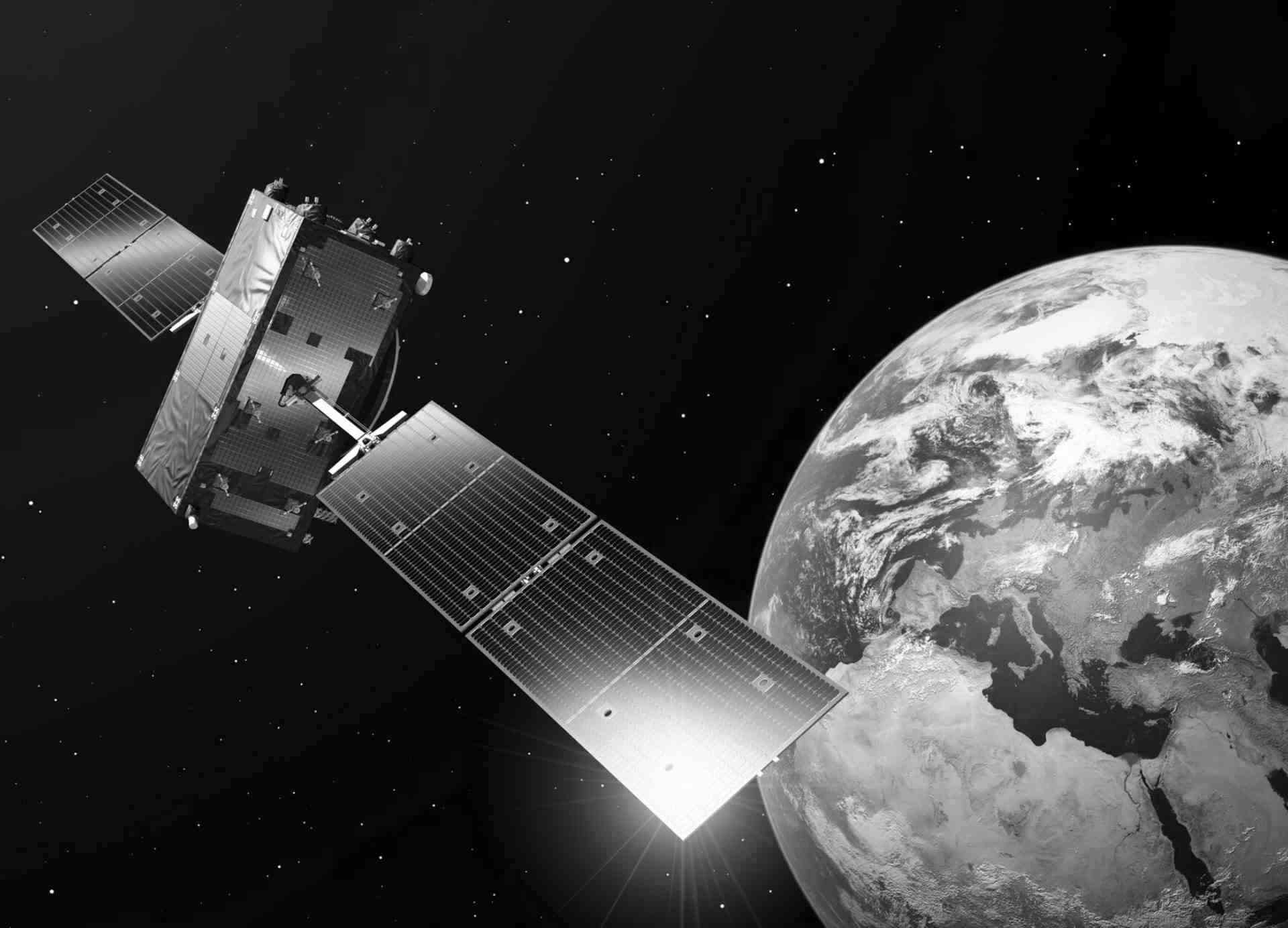How to use CREODIAS repository for analysing water areas with NDWI indicator
Author: Michał Bojko, Data Scientist at CloudFerro
Introduction
In this article, we talk about how you can access products from the CREODIAS repository and obtain information analysing original data. We focus on Sentinel-2 images, aiming to get water-oriented data.
The Normalized Difference Water Index (NDWI) is widely used in remote sensing to identify and analyse water bodies. NDWI is particularly useful for monitoring changes in aquatic environments such as lakes, rivers, ponds, and flood-prone areas. With the availability of satellite data from the CREODIAS repository, experts can easily access raster images and analyse them to determine changes in water areas worldwide.
What is NDWI?
NDWI is a normalized difference index calculated on the basis of the reflectance of light in two different spectral bands: green (G) and near-infrared (NIR). The formula for calculating NDWI is as follows:

where:
- G - reflectance in the green band,
- NIR - reflectance in the near-infrared band.
NDWI values range from -1 to 1, where the higher values indicate the presence of water, and the lower values may indicate other land cover types, such as vegetation or urban areas.
Data from CREODIAS
CREODIAS is a platform that provides access to satellite data, including images from Copernicus Sentinel-1, Sentinel-2, Sentinel-3, and other observation missions. It enables large datasets to be processed in the cloud, which is extremely useful for analysts and researchers.
To conduct NDWI index, we will use Sentinel-2 images. The Sentinel-2 satellite provides high-resolution images, ranging from 60 meters to 10 meters. Since the mission consists of two identical satellites, we can obtain images every 5 days. Its data is widely used in various fields, including:
- Agriculture: Monitoring crop health, mapping crop types, and assessing agricultural practices.
- Forestry: Mapping forest cover, assessing forest health, and monitoring deforestation.
- Water Management: Monitoring inland water bodies, assessing water quality, and detecting changes in water levels.
- Disaster Management: Assessing damage from natural disasters like floods, landslides, and wildfires.
- Urban Planning: Mapping urban areas and monitoring urban sprawl.
Accessing and Processing Raster Images
One way to obtain data from CREODIAS is by using a web browser, where you manually select the mission type, area of interest (using mapping tools) and date. Afterwards, you are presented with specific products which you can download.
Another approach is to use a VM and one of two APIs – Odata or RESTO API. Following those steps, you should be able to access data without downloading.
- Choosing Data: Based on the date, bounding box and mission type (e.g., Sentinel-2), users can create requests to one of the APIs.

- Accessing Data: Responses from APIs contain a path to products that are stored in a mounted catalog ‘/eodata’. With this, there is no need to download data, since it is already on the user’s machine.

- Analysis: The data can be analysed using GIS software, such as QGIS, ArcGIS, or specialized image processing tools like SNAP. A different approach is to use a programming language like Python.
The idea of how to access data on Syr Darya river and Aral Lake and monitor them using NDWI index and CREODIAS API is presented in a special use case, which you can find here.
Monitoring northern area of Lake Peipus with Sentinel-2 and NDWI index
The solution of accessing the data presented above was used to obtain images with NDWI index for the northern part of Lake Peipus and its surroundings, located on the border between Estonia and Russia. We searched for images from July 2023, that have less than 20% cloud cover. Thanks to that, we were able to get images with good visibility of lake and terrain. In the end, we have chosen 2 images:
- from 13th July,
- and from 30th July.
Unfortunately, the number of clear images was insufficient, so we had to analyse the lake starting in middle of the month, but we can see how it looked like in the middle of July and at the end of the month. Interestingly, when we combined those two images the terrain near the lake on the 13th of July 2023 had a lower value of NDWI than on the 30th of July 2023. From that, we can assume that the middle of July was drier than end of the month. This may suggest the occurrence of rains between 13th and 30th of July near the Lake Peipus area.

Applications of Images with NDWI
Raster images containing the NDWI indicator can be used in various fields, including:
- Water Resource Monitoring: Tracking changes in water levels in lakes, rivers, and reservoirs, especially important in the areas affected by drought or excessive rainfall.
- Crisis Management: Rapid identification of flooded areas during floods and assessment of damages.
- Environmental Protection: Monitoring wetlands and other aquatic ecosystems to preserve their biodiversity.
- Urban Planning: Analysing the impact of urban development on nearby water resources.
- Agriculture: Assessing irrigation of agricultural fields and monitoring plant health.
Conclusion
NDWI is an invaluable indicator in remote sensing, enabling accurate analysis and monitoring of water areas. Thanks to the CREODIAS platform, specialists can easily access the required satellite data and conduct analyses based on raster images. These tools and techniques are becoming indispensable in today's world, where climate change and urbanization directly impact the availability and condition of water resources.

